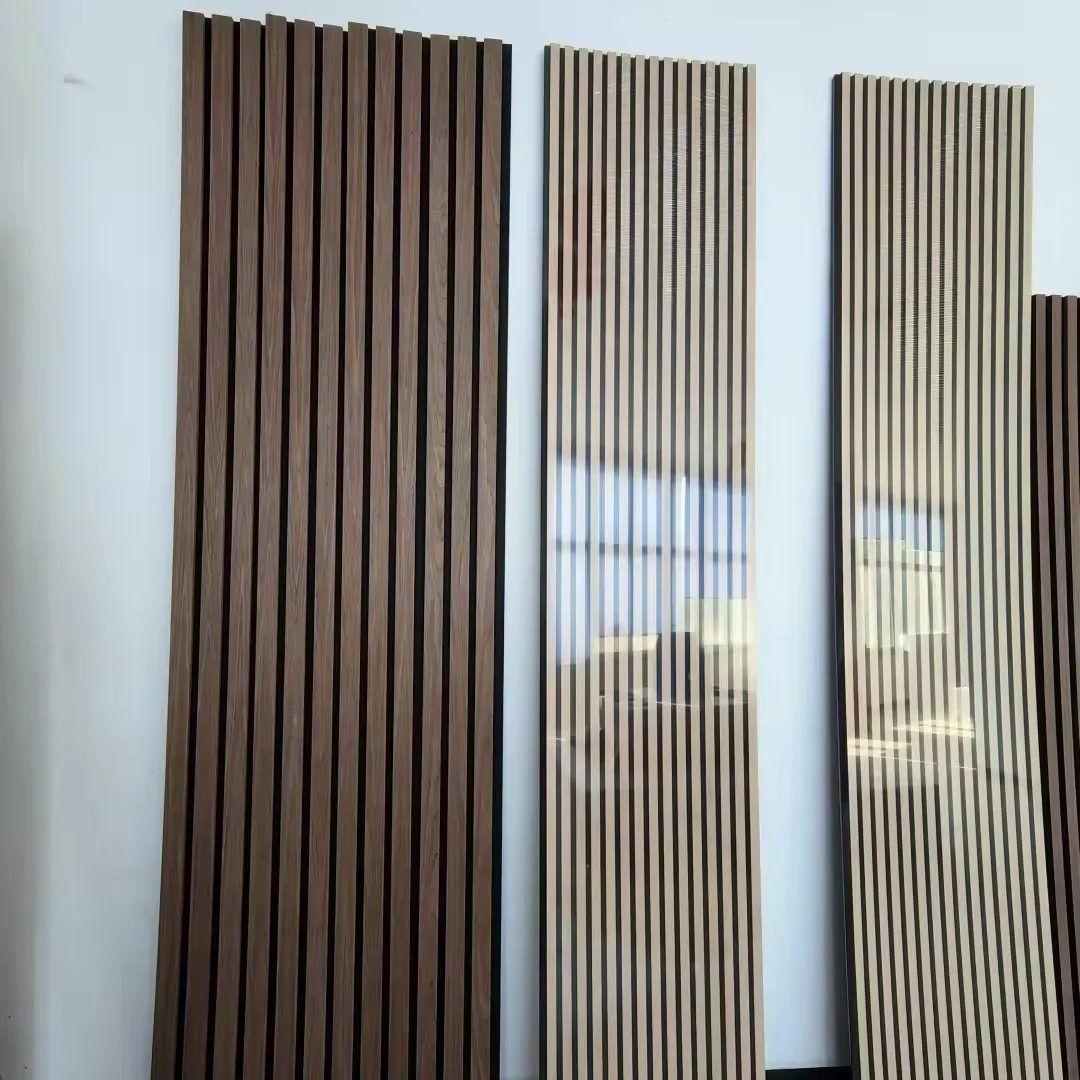The Importance of Acoustic Panels for Studio Recording
When it comes to creating high-quality audio recordings, one of the most crucial elements often overlooked is the acoustics of the studio environment. Whether you’re a musician, a voiceover artist, or a podcast creator, the sound quality of your recordings can be dramatically impacted by the acoustic properties of your studio. This is where acoustic panels come into play.
Understanding Acoustic Panels
Acoustic panels are specially designed materials that help control sound within a space by absorbing sound waves, reducing reflections, and minimizing echoes. These panels are commonly made from porous materials that trap sound, converting it into heat instead of allowing it to bounce around the room. They come in various shapes, sizes, and colors, making them not just functional but also aesthetically pleasing additions to your studio.
Why You Need Acoustic Panels
1. Improved Sound Quality One of the primary reasons to install acoustic panels in a recording studio is to enhance sound quality. When sound waves travel around a room, they can reflect off walls, ceilings, and floors, creating a muddy or unclear audio recording. Acoustic panels absorb these reflections, allowing for a cleaner, more focused sound.
2. Controlled Reverberation In smaller recording spaces, too much reverberation can overwhelm the primary sound source, leading to recordings that sound distant or unclear. Acoustic panels help control reverb time, allowing for a balanced sound that accurately represents the vocals or instruments being recorded.
3. Minimizing Noise Pollution Recording studios can often be located in noisy environments, from urban areas with traffic to quieter suburban settings where the sound of lawnmowers or construction can interrupt a session. Acoustic panels can help reduce the transmission of sound from outside, ensuring that your recordings remain crisp and clear.
4. Enhanced Focus on Performance A well-treated room creates an environment where musicians and vocalists can perform at their best. The lack of distracting echoes allows artists to hear themselves more accurately, leading to better performances and a more satisfactory recording experience.
Placement of Acoustic Panels
The effectiveness of acoustic panels depends largely on their placement within the studio. Here are some key areas where panels should be installed
acoustic panels for studio recording

- First Reflection Points These are the spots where sound first reflects off surfaces before reaching the listener’s ears. Locating these points on the walls and ceiling and placing panels there can significantly reduce unwanted echoes.
- Corners of the Room Bass frequencies tend to accumulate in the corners of a room, leading to an uneven sound balance. Installing bass traps in these areas can help to mitigate this issue and provide a more accurate low-end response.
- Behind Speakers Placing acoustic panels behind your studio monitors reduces reflections that can color the sound coming from the speakers, ensuring that what you hear is a closer representation of the mix.
Types of Acoustic Panels
There are numerous types of acoustic panels available, each serving different purposes. Here are a few commonly used options
- Foam Panels Often found in home studios, foam panels are lightweight and easy to install. They are good for absorbing mid to high frequencies.
- Fabric-Wrapped Panels These panels consist of a sound-absorbing core wrapped in fabric, allowing for customization in appearance while providing effective acoustic treatment across a broader range of frequencies.
- Diffusers Unlike absorptive panels, diffusers scatter sound waves instead of absorbing them, which can help prevent the room from sounding too dead while still maintaining clarity.
Conclusion
Investing in acoustic panels for your recording studio is essential for achieving high-quality sound. By improving sound quality, controlling reverberation, minimizing noise pollution, and enhancing performer focus, these panels play a vital role in the recording process. No matter your level of expertise in audio production, understanding and implementing proper acoustic treatment can make a significant difference in the quality of your recordings. Whether you’re working with professional equipment or a home studio setup, the benefits of well-placed acoustic panels are undeniable, paving the way for clearer, more professional-sounding audio.
